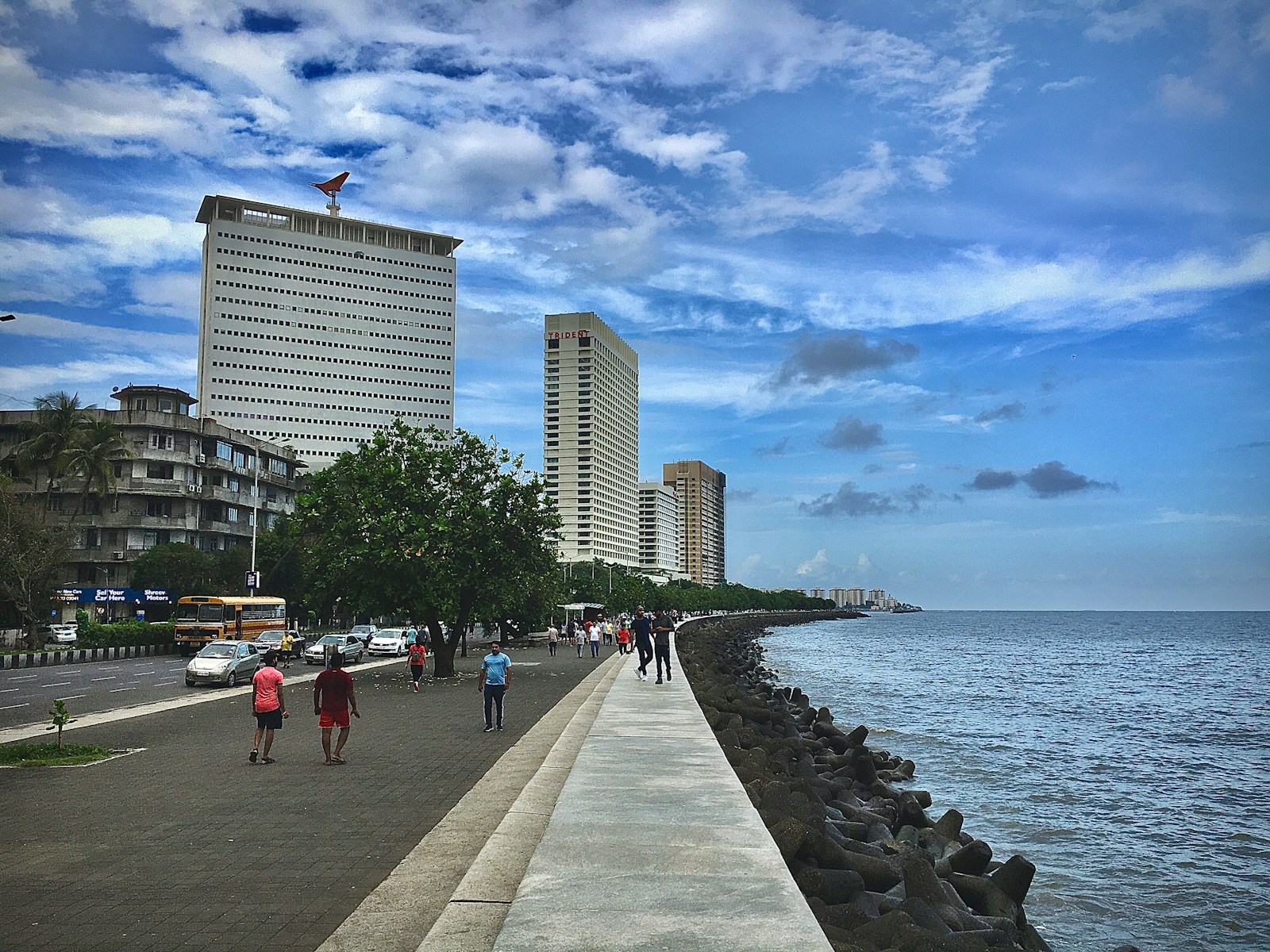Balancing Development and Conservation: The Mumbai Open Spaces Debate

Introduction
In a landmark case, NGO Alliance for Governance and Renewal (NAGAR) vs State of Maharashtra, 1the Bombay High Court examined a conflict between urban development and environmental conservation. The case, brought forward by the NGO Alliance for Governance and Renewal (NAGAR), challenged the Maharashtra Government’s policy permitting the use of public recreational spaces for slum rehabilitation. This legal battle highlighted a critical question about how a densely populated city like Mumbai can balance the housing needs of its residents with the preservation of open spaces.
Background of the Case
The controversy stemmed from a 1992 government notification and subsequent amendments to the Development Control and Promotion Regulations (DCPR) 2034. Regulation 17(3)(D)(2) allowed converting up to 65% of reserved open spaces exceeding 500 sq. meters into housing zones under the Slum Rehabilitation Authority (SRA) schemes. NAGAR argued that this provision contravened the city’s Development Plan, which allocated specific areas for recreational use. These open spaces, vital for urban health, were already diminishing in a city plagued by unplanned development and overcrowding. The petition brought into focus the broader implications of encroaching on these spaces, citing environmental degradation, reduced public amenities, and the erosion of public trust in urban governance.
Legal Provisions
The petition challenged the impugned regulation by invoking key constitutional and statutory principles. It relied on Articles 14 and 21 of the Constitution to assert equality before the law and highlight the fundamental right to a healthy environment as an essential component of the right to life. The Maharashtra Regional and Town Planning Act, 1966 (MRTP Act), was cited to emphasise the necessity of strict compliance with the Development Plan, which earmarked open spaces for recreational purposes. Additionally, the Doctrine of Public Trust was invoked to underline the State’s obligation to act as a trustee of public lands, ensuring their preservation for collective use. The principles of Sustainable Development and the Precautionary Principle further bolstered the argument, mandating that developmental policies prioritise long-term ecological balance over short-term economic benefits.
Rival Contentions
- Petitioner’s Arguments: NAGAR contended that the government’s actions undermined the intent of public land reservations in the Development Plan. They argued that the changes prioritised housing at the cost of public health and urban ecology. Citing judicial precedents like MC Mehta v. Union of India2, they emphasised the necessity of preserving public spaces. The NGO also argued that alternative housing solutions could address the slum crisis without encroaching on reserved open spaces, asserting that unchecked urbanisation would lead to irreversible environmental damage.
- Respondent’s Position: The Maharashtra Government and SRA justified the amendments as critical for alleviating the city’s housing shortage, particularly for the economically weaker sections. They emphasised that the policy adhered to the principles of inclusivity and urban development. Additionally, they argued that the regulation only affected surplus open spaces, leaving smaller plots untouched. The government highlighted that slum rehabilitation is a constitutional obligation under Article 21 and serves as a critical component of Mumbai’s urban renewal strategy.
High Court Analysis
The Bombay High Court took a balanced approach, weighing the competing interests of housing and environmental conservation. The Court acknowledged the acute housing shortage in Mumbai but emphasised that public open spaces are essential for the mental and physical well-being of urban residents.
The Court observed that the impugned regulation diluted earlier safeguards, reducing the threshold for land eligibility and permitting construction on previously untouched open spaces. It reiterated the principles of sustainable development, inter-generational equity, and the public trust doctrine, asserting that the State’s fiduciary duty cannot be compromised for short-term housing goals. Citing international urban planning models, the Court highlighted how progressive cities have successfully balanced housing needs with green spaces, urging Mumbai to adopt a similar approach.
Final Decision
The Court struck down the contentious provisions of Regulation 17(3)(D)(2), holding them inconsistent with urban planning principles and constitutional mandates. It directed the State to revise its housing policies, ensuring they align with the MRTP Act and the Development Plan’s intent. The judgment reaffirmed that public open spaces cannot be repurposed without demonstrating compelling public interest and adherence to legal safeguards.
Conclusion
This case serves as a crucial precedent for balancing urban development and environmental conservation. The Bombay High Court’s decision underscores the importance of preserving public spaces as a shared resource, essential for the quality of life in a densely populated city like Mumbai. By reaffirming the principles of sustainable development, the Court has paved the way for more equitable and environmentally conscious urban policies.
The judgment is a reminder that while addressing housing challenges is vital, it must not come at the expense of the city’s ecological and recreational lifelines. Policymakers must prioritise solutions that integrate inclusivity with sustainability, ensuring a harmonious coexistence of development and conservation.
For further details, write to contact@indialaw.in
By entering the email address you agree to our Privacy Policy.



